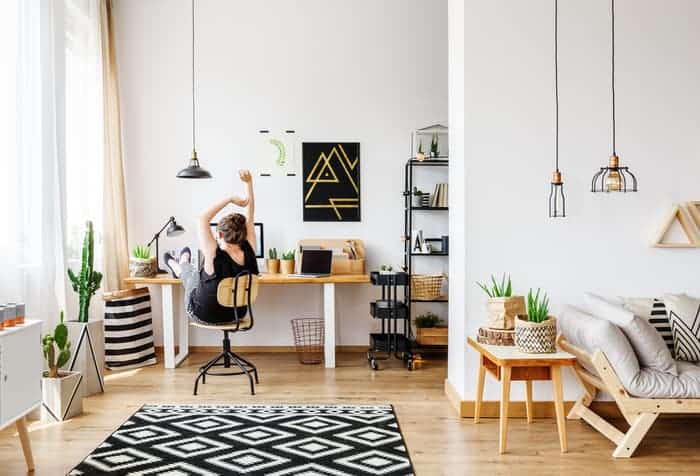Working from home can be surprisingly difficult, especially if you’re not used to the process. Since we have no idea how long this situation will last, it might be a good idea to set up an office space at home. Not sure where to start? Lucky for you, I’ve been working from home for years, so I figured out some of the kinks so you don’t have to. Here are some of the most important things to consider when you’re setting up a work space in your house.

20. Keep Ergonomics in Mind
Many office spaces have their desks designed with ergonomics in mind, but the average person would never stop to think about it. In case you’re unaware, “ergonomics” is, it’s the study of efficiency in your work environment. One of the most important aspects of ergonomics is knowing how to correctly adjust your posture and eye level. For example, imagine that you are sitting at your kitchen table in a hard chair with your shoulders slightly bent as you type on a tiny laptop. After about 30 minutes, you’re going to feel uncomfortable. Poor posture, typing habits, and back support can lead to a lot of pain. Some people even develop carpal tunnel syndrome in their wrists.

The best way to fix the ergonomics of your desk is by doing some research. Purchase an No products found. No products found. to support your back, or use pillows to make your current seat more comfortable. You might also want to consider buying a desk with height adjustment $70.07 . Once you have an adjustable desk, you could also use it for standing.







































